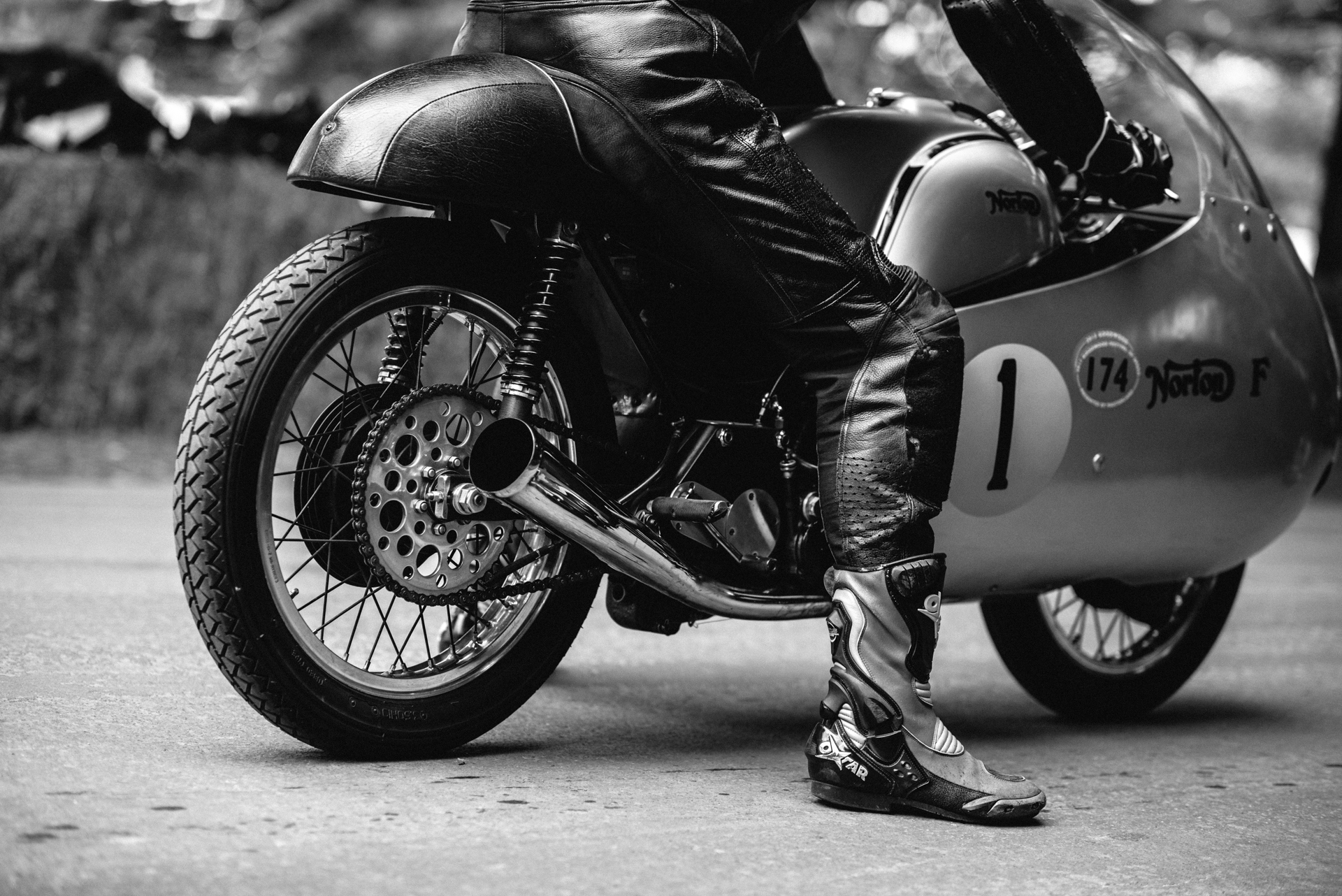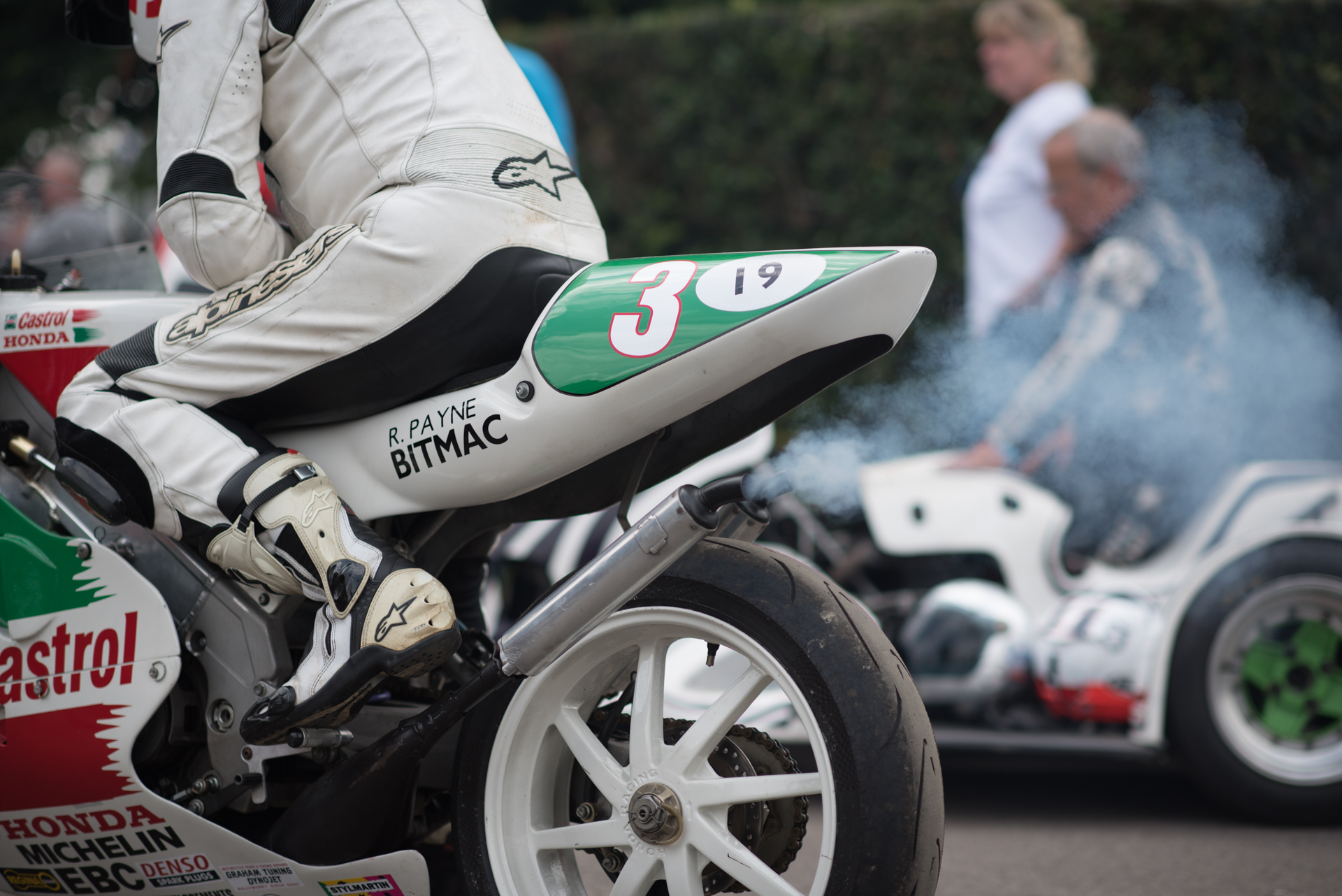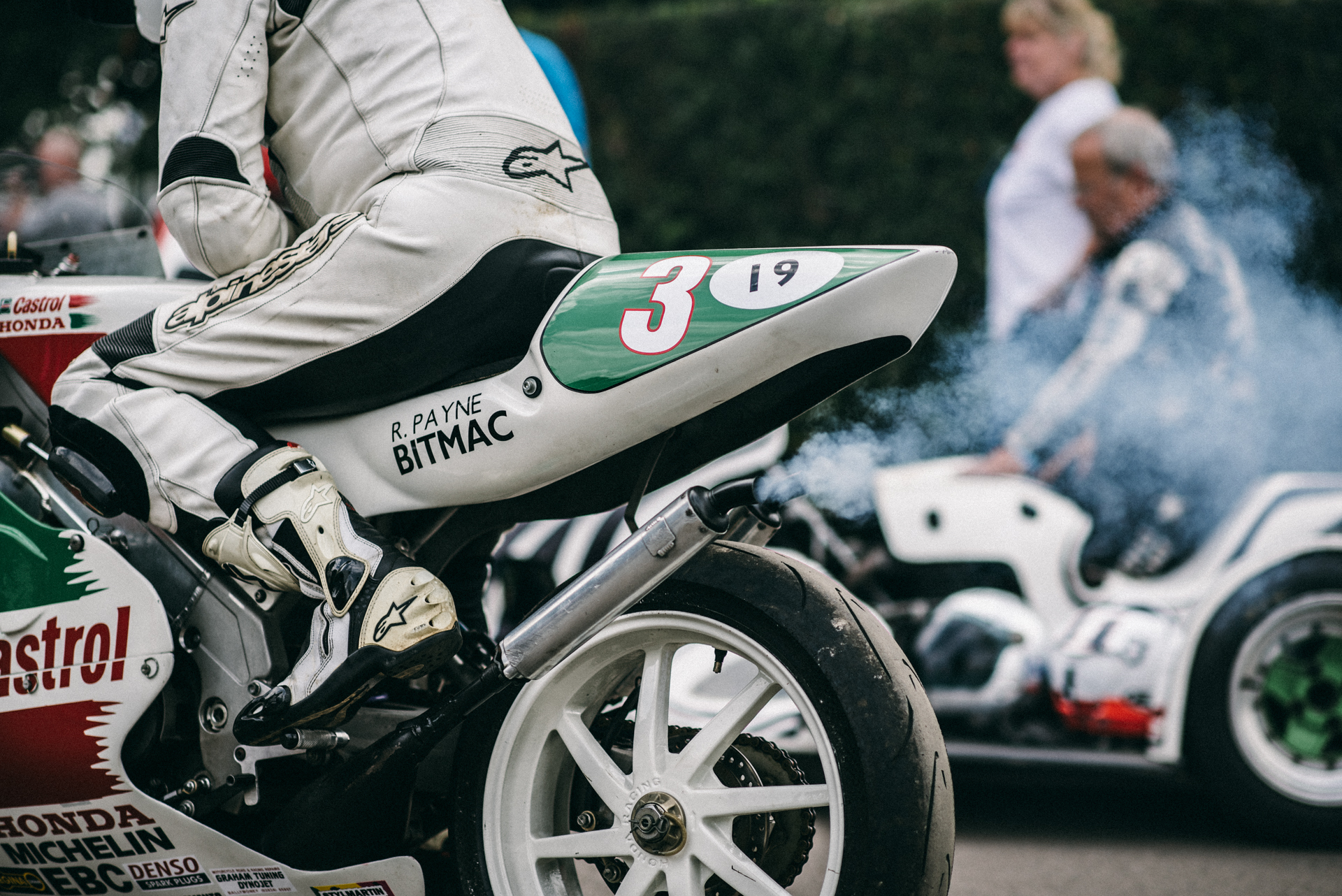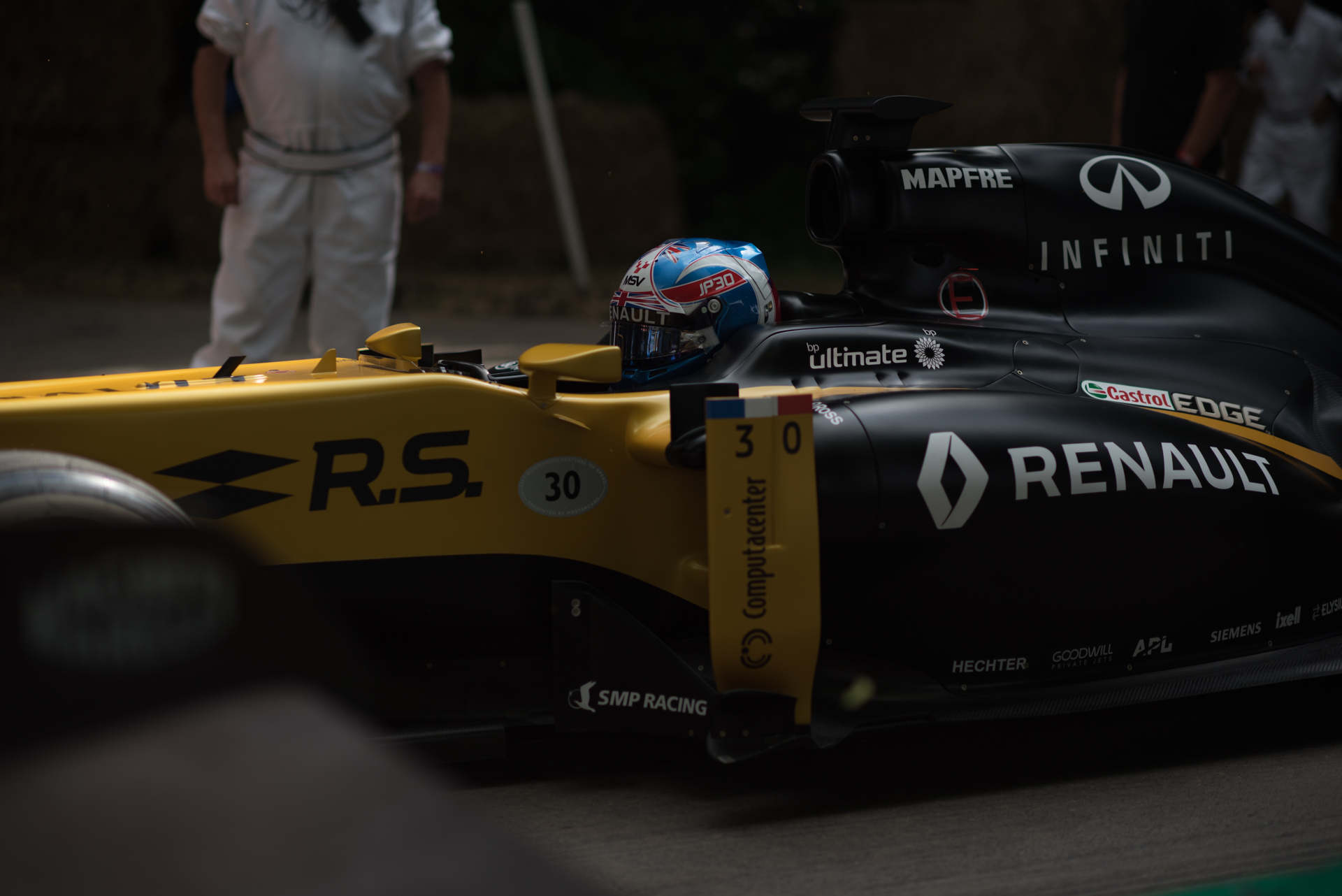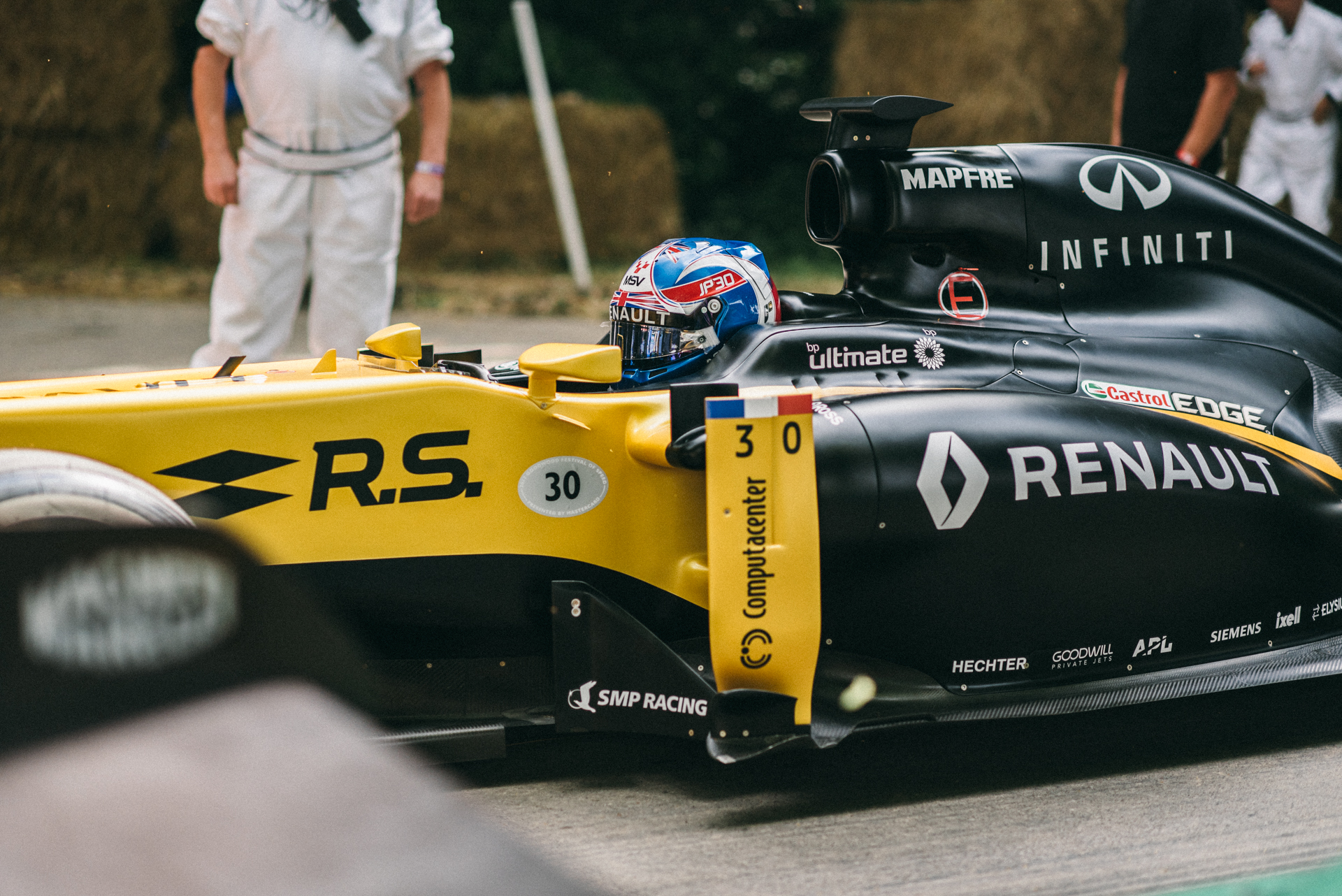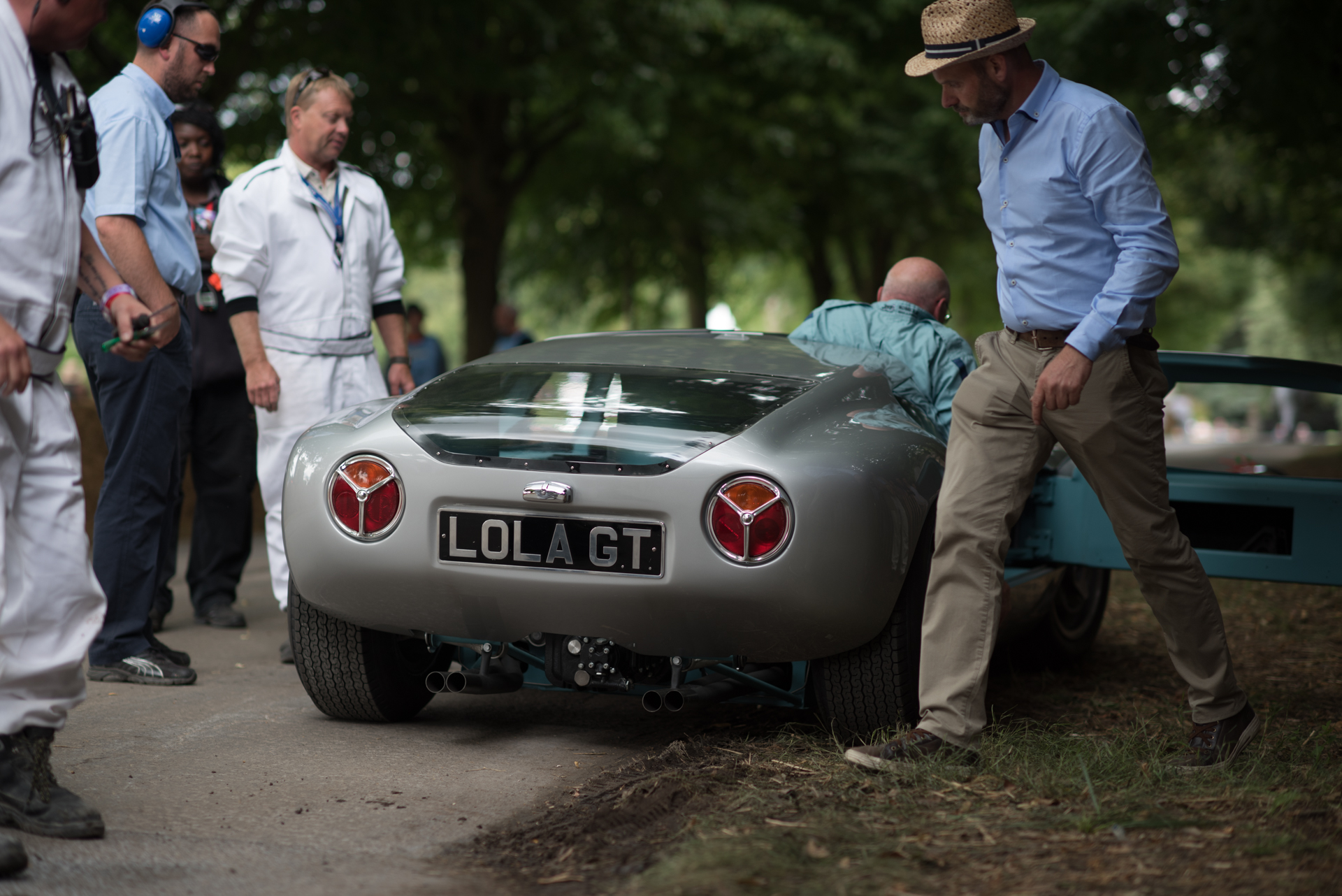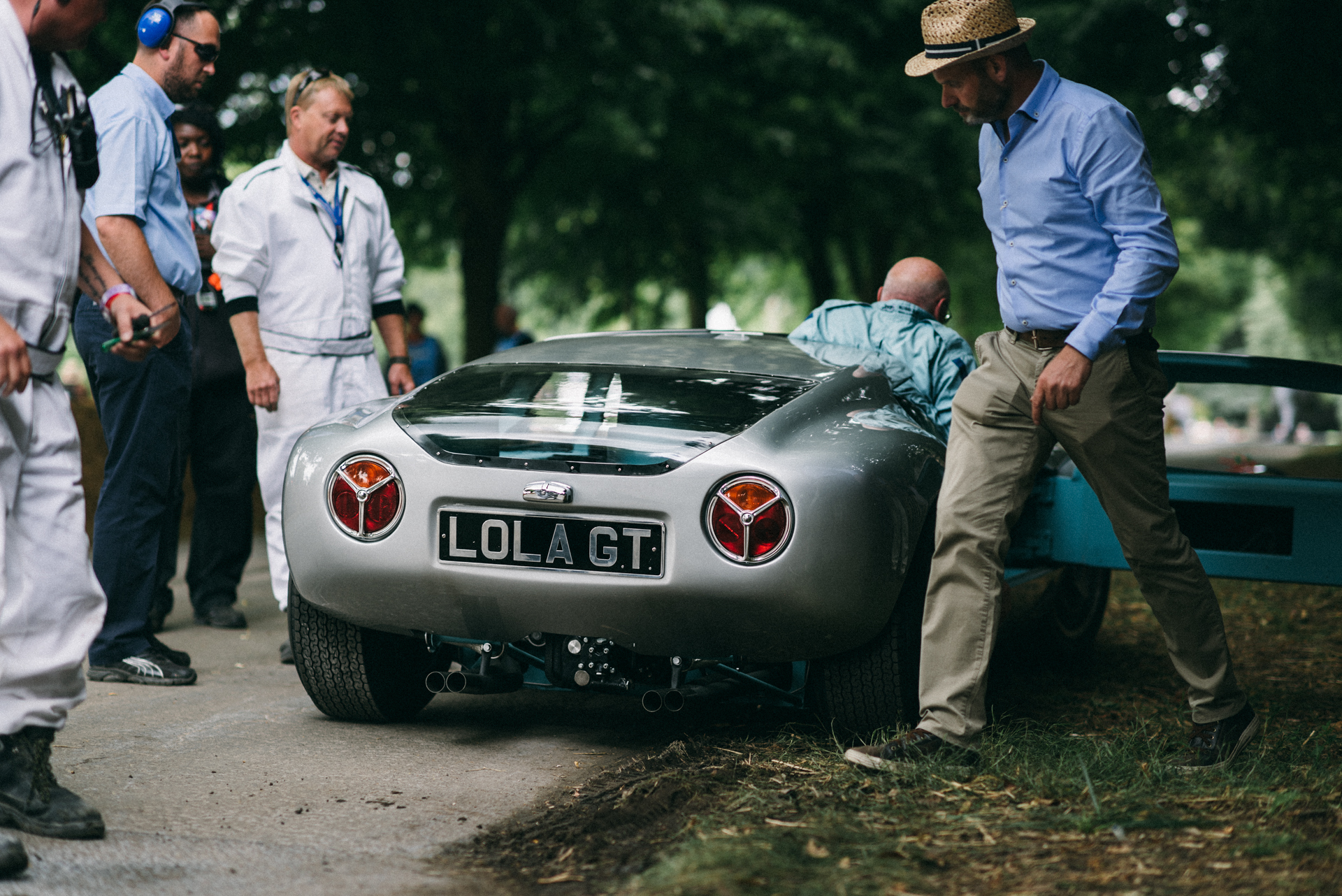Hey reader! As promised, I've put together a Q&A blog to follow up with the Instagram Live Q&A session I did last month. This is a compilation of the questions I received via DM, email, and in the Live session. I condensed a lot of these questions because there were so many to begin with, so if you don't see your exact question here, it may still be answered below. If it's not, leave a comment or message me!
Before we get into it, I want you to know that everything I talk about here is just how I do things. Shooting is my full time job. This is a business that I've worked extremely hard to build through years of work (and I'm still working on it). I take this very seriously, which is why I'm offering advice that I think is useful. Every artist is different, so you may not find anything here helpful, or you may find it all helpful. I am so incredibly humbled and constantly ecstatic that I get to do what I love as a career, so I feel compelled to give back to the community in the form of what I've learned over the years. I hope you can take away at least a couple of points from this blog.
I've started with the simpler questions, and progressively work toward the nitty gritty stuff.
Let's begin!
- What gear do you use, specifically what lenses?
Nikon D750 DSLR (qty 2)
Canon AE-1
Polaroid OneStep2
Nikon 85mm 1.4
Sigma 35mm 1.4
Sigma 24 mm 1.4
(Soon adding a Nikon 70-200mm 2.8)
Osiris&Co Wrist Strap Systems
Pelican 1510 Series Case
ONA Union Street Messenger Bag
ONA Bowery Bag
ONA Bolton Street Backpack
Manfrotto 190XPROB
- What are your editing tools and process?
I process images using Photo Mechanic, Lightroom, and Photoshop. First, I cull images using Photo Mechanic. Then, I pull everything I’ve culled into Lightroom and do my editing there. If there’s any large object/spot removal or composite imaging that needs to be done, then that work happens in Photoshop.
- Do you use a tripod?
Very rarely. I don’t carry my Manfrotto with me every day but if I’m shooting at night / long exposure I will use it.
- What’s the best way to export photos and what dimensions are typically best?
This really depends on what you’re exporting and where it’s going. For me, I shoot a lot of stories for web publishing / social media, so I tend to export from Lightroom around 1920px or 3000px at the longest edge at 300dpi. These are also the dimensions that I use for the images I share on Instagram. I've never had issues with IG destroying the quality of my photos, so it works for me.
- Do you aim for a specific aperture or does it just depend? How much do you shoot in manual mode versus A/S/P?
I generally shoot between f / 1.4 - 2.0. I only shoot in manual mode, but every now and then I'll pop into shutter priority mode if I’m doing rolling shots and I need to make things quicker. That's the only time I ever shoot out of M.
- What is the best bang for your buck Polaroid?
Easily the OneStep2 (in my opinion)! It’s affordable at $100 and very easy to use, even if you’ve never used an instant camera before.
- What is your favorite app for editing iPhone photos on mobile?
I use VSCO to edit all of my iPhone photos and sometimes will run the edited shots through an app called Mextures for texture.
- What are your everyday necessities?
I use just about all of my gear every day (except for backup camera). I don’t have a huge bulk of gear so it’s pretty easy to utilize everything I have. I try not to be too equipment heavy because a) I'm not a big person who can carry a ton, and b) too much equipment just complicates my job. Most often, I can shoot an entire session just with my 85mm because I love the lens so much. I carry my backup Nikon D750 just in case something happens to my main shooter. Also, a case full of SD cards. Never short yourself on storage.
- Did you study photography in school?
I took a few basic photography classes when I first started college, but it was never anything advanced. I took the short series of Digital Photography courses they offered and an Artificial Lighting course. To be honest, I wanted to major in Photography, but I found that the classroom environment really was not for me. I would much rather be in the field and experience things for myself, learning as I go. By the time I took any photo courses in college, I already had a full understanding of the rules of photo and how my camera worked. I never majored in Photo because I ultimately chose not to continue with school. Rather, I focused on building my business and I haven’t stopped since.
This is not to say that photography courses are bad! If you learn better in a classroom, by all means, enroll in your class of choice and run with it. Everyone learns differently.
- How did you start shooting cars?
I started shooting cars purely as a hobby. I met my husband in high school auto shop class, and at the time, he had old Ford trucks that I really liked - I learned to drive a manual in his old F-250 that was impossible to stall. I always liked cars but knew nothing about them until this point. His trucks got me more interested, but I really got into shooting cars when he got an NB Miata that I absolutely loved. I just kept shooting the Miata and then started shooting friends’ cars. It then progressed from there once I started going to car shows!
- What was your first photography job and how did you get it?
I wish I had an answer for this. As embarrassing as it is, I don’t exactly remember what my first paid job was. I’m willing to bet that it was a random gig that paid next to nothing. I do know however, that it was not automotive related.
- What are some tips for portrait editing?
Don’t over edit! Keep things simple when you’re editing portraits of people, because it’s easy to go crazy with it. Pay attention to how skin texture and tone change if you’re using presets that you didn’t make (or even if you did make them). If it's a car you're editing, try not to go too crazy on the HDR effects...
- What editing tools do you use and are they free or cost monthly?
I have an Adobe Creative Cloud subscription, which is where I use Lightroom and Photoshop. There are different levels of CC subscriptions which can be found here: https://www.adobe.com/creativecloud.html
- How much review / editing is done during a shoot versus in post?
I try to do as much review work as possible while I’m shooting. You can’t fix poor composition or angle in post process. If there’s something that I can do to avoid spending a lot of time in post, I’ll do it—i.e. moving a few steps to the right or left to eliminate a background distraction, etc. If you ever think, "Oh, I'll just edit that out later," give yourself a hard pinch because you'll eventually regret that mindset.
- Do you location scout? If so, what is your process?
Yes, I do! Because I work in the Bay Area and have lived here my whole life, I know it pretty well. Over the years, I’ve compiled a list of locations that I can utilize fairly regularly without overusing. However, I’m always shooting at new spots because I like to keep things fresh. One of the jobs a freelance photographer has is to physically get out there and find locations to use later. Take half a day every now and then to explore and make notes of good places to shoot at in the future. I use Google Maps' satellite view pretty often to scout online when I’m unable to go drive somewhere. However, don’t just rely on Google because when you’re shooting cars, the footing is critical. You won’t want to bring lowered car across a mine field of bumps and potholes that may not be obvious on a screen.
- How did you first get started in freelance automotive photography?
I had been shooting as a hobby for a couple of years before I officially decided to pursue a freelance career. It wasn’t really a pivotal moment or an overnight occurrence, but more of a slow transition into being a professional. I got to that point and continued to grow simply by shooting consistently, forcing myself to think creatively, and never letting myself be comfortable with where I was. I always strived to learn more and I still do now, because there is always more to learn. I expand on this question more in answers below, too.
- At what point in your time photographing cars did you go from enthusiast to professional? What would be your number one tip to push the boundary from doing shoots for friends to making money doing what you love?
I moved into the professional realm after I had practiced and shot for a couple of years, unpaid and all on my own time while I went to school/worked. Eventually I found myself jobless when I quit working retail, so I had to make a decision. I didn’t charge until I was confident enough to do so, which is a timeline that’s different for every photographer.
It can be hard to move past just shooting with friends, and actually making money with clients. I shoot with my friends all the time for personal projects + just for fun. You can use these opportunities to build a portfolio and shoot in a more relaxed, unstressed environment. Your friends win because they get photos, and you win because you can experiment with ideas and create work that you can show to potential clients. The biggest thing to do is to just keep shooting, and don’t limit yourself. Build a collective of work and use it to reach out to people.
A disclaimer here: If you don’t immediately start getting hired, don’t be discouraged. The unfortunate truth is that sometimes, you may need to practice a bit more and gain more experience in order to start charging clients. No one just dives in and books $10k jobs. If no one is hiring you, examine your work and ask yourself why. Look at who is getting hired and observe how it is that they do business. You might be at chapter 3 while they're at chapter 10. You are also always allowed to email other photographers with honest questions. Don’t just shoot a two liner email with “Hi what do you charge and how much do you make in a year?” because that’s clearly not professional or acceptable. But if you come from a genuine place of wanting to learn, most people will help you to whatever extent they are comfortable. Don’t expect every piece of info to be handed to you, but also don’t be afraid to ask questions. Photography is based on community and we are all here to support each other. Those who aren’t, well, that’s their unfortunate choice.
- With technology becoming so cheap and accessible, everyone seems to be an “expert” in our industry. How do you ensure that you get the freelance gig over someone else who isn’t professional, charging lower prices than you?
To be honest, I don’t do a lot of aggressive marketing, nor do I find myself at fierce competition with other photographers. I believe there’s enough work to go around for everyone. There are enough resources for everyone to grow and pursue their career in photography. There will always be beginners and non-professionals who shoot for free or for “exposure.” And yes, it is very annoying when those individuals try to take work from professionals who pay their bills with that money. At the end of the day, however, clients will hire the photographer whose work they enjoy and connect with most. I've received email replies from potential clients who say things like, "Well, this other photographer said they would charge me $350, can you match that?" My thought on this is simply, I am not that "other photographer" and I politely suggest that if they prefer that photographer's work, they should certainly hire them. Nine times out of ten, the client moves forward and hires me anyway. Be confident in yourself and don't undervalue your talent.
It gets to a point where the right clients will find you and they won’t have an issue with paying you what you’re worth because it’s exactly that: they know you’re worth it. At that point, other photogs who charge less / don’t charge at all aren’t a problem.
I’m at the point in my career where I’m able to let jobs go if it means that I’ll be underselling myself. I don’t believe in undercutting my pricing just so that I get a job over another photographer, because that has happened to me in the past by other photographers, and boy does it suck. DO NOT take work from hardworking professionals. I’ve seen some pretty shitty behavior from some photographers and it never leads to anything good. I know what my work is worth so I hold firm to it, regardless of whether or not another photographer is discounting their services. This doesn’t mean I don’t offer deals and packages, it just means that I don’t lower my price unreasonably just for the sake of booking the job.
Additional tip: Lately I’ve been more aware of smaller jobs that don’t pay as well and take up a lot of time. These are generally jobs that I can afford to let go because I’d rather book bigger jobs that have a better profit margin. It's not all about money, but be reasonable and figure out what you have time for and what makes the most sense.
- What automotive photographers inspire you?
I’m inspired by more than just automotive photographers, so here’s a list of some of my current and longtime favorite photographers + creators:
Corey Davis: http://coreydavis.photography/
Instagram: @lghthntr
* Corey is actually the first automotive photographer I found back when I started shooting cars. I absolutely fell in love with his work and I did my first photo class report on him and his career! He answered my emails and all of my questions and was a huge inspiration to me with how open and friendly he was. He’s a stellar guy so go follow him.
Sean Klingelhoefer: http://seanklingelhoefer.com/
Jenavieve Belair: http://www.jenavievebelair.com/
Instagram: @jenavieve
Christian Watson (1924us): https://www.1924.us/
Instagram: @1924house
Elle-May Leckenby: https://www.elle-may.com/
Instagram: @ellemayleckenby
Larry Chen: http://www.larrychenphoto.com/
Instagram: @larry_chen_foto
Dylan Gordon: https://www.dylangordon.com/
Instagram: @dylangordon
Platon: http://platonphoto.com/
Instagram: @platon
Michael James Buchanan: http://www.michaeljamesphotostudio.com/
Instagram: @michaeljamesphotographer
Alan Monteagudo: https://www.monteagudostudio.com/
Instagram: @alangoesnuts
Amy Shore: https://amyshorephotography.com/
Instagram: @amyshorephotography
The Toms: http://thetoms.film/
Instagram: @tomeditorial
I am absolutely forgetting a whole bunch of artists on this list but I’ll just keep listing them if I don’t stop now! So many talented people.
- Your album of the Rolex Reunion 2016 is jaw dropping. Can you share some stories on how you got access to that event and what your favorite cars were?
http://www.courtneycutchenphotography.com/rolex-reunion-2016/
The Rolex Reunion is one of my favorite events every year. In 2016, I attended the event with Performance Technic to cover the event for their blog and to document marketing efforts. That’s how I personally accessed the event, but you can also submit for a press pass through the Laguna Seca website. 2016 was BMW’s turn to be the featured Marque, as well as their 100 Year celebration, so it was a big deal.
My favorite cars from that event hands down were the classic BMWs (duh) - CSLs, M1 Procars, Cory’s E21, etc. BMW also had a 100 Year display with a selection of Art Cars, a 2002 Turbo, and more. Laguna Seca is my favorite track to shoot at in general because of the killer access you can get to the paddocks. I travel light when I shoot here because I’m constantly moving through the paddock stalls and making sure I stay out of the crews’ paths. I absolutely love how up close and personal you can get here. Kneeling down to the side as a roaring, crackling race car prowls past your ears is viscerally thrilling.
- How did you establish all of your current connections?
Years and years of shooting and networking. (Note: networking is not simply handing out a business card and moving on to the next. You need to put in time.) What a lot of people don’t understand is that a career as a freelance photographer is not something that’s made overnight, within a few months, or even within a few years. Sometimes it takes five, eight, ten or more years to build yourself into a network of clients and resources. I’ve been shooting since 2011 and I didn’t charge for my work or have real clients for more than two years.
That means that all of the work I did in that time was for free, trade, or just personal projects to get my work out there. This work however is not work that was poached from the pros - small time projects for friends and people I knew made up the bulk of it. I focused on building an online presence and networking with other photographers, not just trying to get clients. Connecting with your fellow artists is more valuable than aiming nonstop at getting clients. Ideally, they are the ones who both teach and support you.
Ultimately, you just need to talk to people. Talk to photographers, car owners, car builders, artists in general, salespeople, marketers, etc. Brand yourself and hand out business cards. Build relationships. Be a genuine person who has an authentic voice, and don’t just do this for money. If it’s about money, you aren’t really an artist. Email companies with your portfolio, email clients and follow up. Offer to partner on projects. In the age of social media, it’s easier than ever for companies to see your work and for you to contact them. (Don’t mistake this advice as “spam all of your favorite companies with work proposals” - I mean that you should be interacting with people and brands on a real, honest level.)
- Any tips on how to develop a style that’s all your own?
My best advice would be to simply get out and shoot. Practice in all different kinds of light settings and locations. Experiment with subject matter. Draw inspiration from photographers who inspire you, and observe the way they shoot. For example: angles, lighting, tones, composition, etc. Most importantly though, do not directly rip off of anyone’s style. Imitation is not the sincerest form of flattery in this field. It’s okay to be inspired by other photographers, but when you directly copy everything they do, you lose the opportunity to develop your own style. It also just makes you look unoriginal. You'll also really annoy the photographer whose style you're ripping, and that's not fun.
Additionally, it’s important to draw inspiration from other areas of your life. Do you like architecture? Are you into fashion? Maybe you have an interest in street photography. Cars are not all there is to life and you can find more inspiration from various subjects than you’d think. You just have to look for it in your other interests.
- What tips would you recommend to someone who is still trying to break into the automotive world? Especially on the commercial side? Do you have any advice on engaging with larger automotive companies for work?
I may not be the best person to answer this question, because I don’t often work on the commercial side. However, I have found that utilizing social media is the best way to connect with large companies. It’s so easy now for your work to be seen by so many eyes, so take advantage of the luxury that social media gives us. Here are some tips that I think make sense:
DO NOT spam companies by tagging them in every single photo you post. There are too many people who do this already and chances are, your work will be overlooked.
Treat your designated social media channels as professional outlets, almost as if it’s a “living” portfolio that you’re constantly adding to.
Be mature and respectful both in person and online. Company eyes see a lot more than you think, and if you’re leaving rude comments / arguing with people on your Instagram, my bet is that no one will want to hire you simply from a behavioral standpoint.
If you have a project idea that you want to work on with a company of your choice, try sending them a clear, concise DM or an email if you have the right contact. The worst they can say is no.
- How are you getting clients? I’d love to shoot for a manufacturer but I’m not sure I’m good enough. Also just getting private clients is difficult. Any tips?
At this time in my career, my clients mostly come to me. I get a lot of referrals from various companies that I work with: Hagerty, Bring a Trailer, Petrolicious, DriveTribe, Fuel Curve, etc. Clients also find me through social media (mostly Instagram) and they email me from there. I also tend to meet more potential clients through existing clients—i.e. if I am hired to shoot an historic race car, it’s possible to work with the network surrounding that car.
- I struggle to find a way to be passionate about shooting at meets. From contacting someone about shooting their car to finding someone who is willing to shoot, how do you get your foot in the door?
I understand this all too well, because I get bored of most meets pretty quickly. There’s not a ton of room for creativity because everyone is in one place and the vehicles are static where they’re parked.
However, meets are where I got started. Going to a show or a meet is one of the best ways to connect with owners of the cars you like and want to shoot. Make sure you have a business card, even if you don’t have a fancy website or a custom business email address. You have to start somewhere. Make an impression and be genuine about wanting to get to know the owners, and don’t make them feel like you’re only interested in the car. In this field, you end up being friends with a lot of the people you shoot for. It’s pretty easy to find people who are willing to shoot because everyone wants photos of their car. A big tip here is to also approach people who have unique vehicles, and maybe aren’t internet celebrities. There’s a lot of saturation in the automotive photo world, and the big builds of the moment tend to flood social media. I personally get tired of seeing the same internet famous cars, so try to seek out cars that have more of a personal story / aren’t as well known. That’s also how you find some of the nicest people.
- How do you come to a fair working rate, when it’s usually much easier to undervalue/undercharge for your work?
Pricing is a whole world in itself. Unfortunately, it can also be pretty trial and error based. As a freelancer, you have the awesome freedom of setting your own pricing. However, you also need to consider the market in your area, the economy, what other photographers are charging for the same work, the cost of your equipment, etc. You shouldn’t structure your pricing solely based on other photographers, but chances are if you’re astronomically more expensive than the general population, you may not book as much bread and butter work as you’d like. Especially if you're just starting out.
If you’re unsure of how to start, I’d recommend the classic example of:
Time + equipment + overhead = total cost
_________________________________________
Total cost + profit = final price
I know this can seem intimidating if you haven’t charged before or are unsure of where to start, but you can use this template to help get a realistic idea. You’ll need to determine what your time is worth, what it costs to use your equipment to complete the service, what overhead you’re carrying, and how much profit you want to make. This all comes with time and of course changes with how much experience you build, so be patient when structuring your pricing.
Note: This is just how I determine things for my own business. I'm not going to explain step by step, every detail of my processes, but this is the general idea of it. Don't use this structure if it doesn't work for you.
- What do these starting photos look like and what software do you edit with? What lens did you use for the man on the bike and what are the settings? What is your editing process like?
This question is referring to some of my Festival of Speed images from last year. Below I’ve included some before and after examples. Below each pair, I’ve listed the settings of each image. I edit all of my images in Lightroom, and I shot all of these examples with my Nikon 85mm 1.4 lens. I love the fixed 85mm focal length because it allows me to be far enough away but also just close enough that I can move myself physically, not worrying about zooming in or out. It may not make sense for everyone, but in my mind, I see the image I want to take and I feel that the 85mm allows me to create that image in the most efficient way.
Settings: ISO 100 + 85mm + f / 2.0 + 1/400
Settings: ISO 100 + 85mm + f / 2.0 + 1/1250
This image straight off of camera is just a bit underexposed, but it worked well for black and white. I brought up the exposure and enhanced the highlights.
Settings: ISO 100 + 85mm + f / 2.0 + 1/2500
Settings: ISO 100 + 85mm + f / 2.0 + 1/4000
As you can see, the original image was accidentally shot on the underexposed side. Fortunately, I'm able to pull that exposure back up and take detail from the shadows that were once too dark. I would much rather shoot underexposed than overexposed because sometimes your whites can be so blown out that they're basically unworkable.
Settings: ISO 100 + 85mm + f / 2.0 + 1/320
My editing process isn't very complicated. As you can see from the photos above, I don't edit too crazily. My tones and shadow/highlight tints tend to vary from shoot to shoot, depending on the mood of the atmosphere in the image. These are obviously on the colder side, utilizing green and blue tones more than anything else.
- What is the best all around lens with good sharpness? Also, what editing techniques do you use to get that “punchy” look?
Lens choice is all really personal preference. However, when it comes to sharpness and quality, I think that prime (fixed focal length) lenses are the best. They have an advantage over zoom lenses in that they can shoot as wide as f / 1.2 (most zooms max out at f / 2.8). This allows me to capture the bokeh that a lot of photographers are after, and allows better separation between the subject and its background. All that said, you can pick up a great quality 50mm 1.4 or 35mm 1.4 lens for a reasonable price. That’s probably my best recommendation for someone who is on a budget but wants to experiment with a versatile prime lens.
As for the “punchy” look I get from my photos, it’s a balancing act of contrast, clarity, and shadows, among other things. I also utilize the local adjustment brushes in Lightroom to layer different effects on an image.
- What is your workflow like, from shooting to delivery?
- First I schedule the vehicle and block out that time slot on my calendar. I’ll work with the client to choose a time and location that works for both of us.
- I then follow up with the client shortly before the shoot to make sure plans have not changed. Some photographers charge a deposit up front to hold the date, but as an automotive photojournalist, I’ve found this isn’t really a realistic thing to do with clients in my field. If it's a bigger job booked with a company or larger entity however, I charge a 50% nonrefundable deposit up front.
- I arrive early to my shoot location (typically half an hour or more) to inspect the location, and give myself time to use my backup location just in case conditions have changed.
- I take my time while shooting once the client arrives. I don’t rush because that’s when you forget simple things. I also take the time to chat with the client as well, even if it’s just briefly throughout the shoot. (Tip: bring a friend or partner who can talk to the client during the shoot so that the client doesn’t feel awkward while just standing around while you shoot.)
- Then I transfer and back up my shoot as soon as I can once the shoot is done. There’s nothing worse than accidentally formatting or losing a card that had a whole shoot on it—trust me on this one, I speak from experience. Back up your shoot in at least two locations (cloud storage, external hard drive, etc).
- A lot of what I do is shoot and write stories. I’ll typically spend 2 - 6 hours processing a shoot, and that timeline is highly dependent on the car I shoot and how many images the job requires. My auction / sale shoots are generally shot in an hour and a half to two hours, and then processed within four hours. If I shoot a larger project, like a branding campaign, processing times start around 6 hours and can go up from there. I also try to finish shoots in a timely manner so that work doesn’t pile up too much.
- Once I’m done processing a shoot, I export the files and rename them. Renaming files can help with organization for the client.
- Then I upload the final images to Dropbox in their own folder. I’ll send that link to the client so they can download the images from it. Some clients prefer WeTransfer or other forms of delivery, so just confirm with your client what the ideal method of delivery is for them.
- How do you handle lighting if you shoot outside of a studio?
I carefully plan out what time of the day I’ll be shooting. Ideal light for most photographers is golden hour (the time right before and during sunset) or at sunrise. However, I’ve been pressing myself more to not be limited to those time slots, so I also try to shoot in broad daylight as well. Plan according to the weather as well, because an overcast day can provide hours and hours of shooting under consistent, natural lighting conditions.
While we can try to plan for everything, nothing is guaranteed when it comes to shooting events. For example, the Goodwood photos above - I had no idea what the weather would be like in the weeks before the job. You just have to ultimately familiarize yourself with shooting in any realistic situation that can be thrown at you. I can't show up to an event I've been hired to shoot and say, "Well, the light isn't great today so I can't shoot for you guys. Sorry." I have to be ready and be able to adapt.
- I struggle with low light / spotty overcast conditions. Do you have tips for shooting low light? What about fast pan settings and settings to achieve targeted motion blur?
Low light shooting can be difficult if your gear isn’t capable of doing it very well. You can always try pushing your ISO higher, but I try to avoid shooting too high up due to noise interruption. It also depends on your lens and how much light it can manage. Try shooting with a lens that can open to f / 1.4 or f / 1.2 - that way more light gets let in and you aren’t relying solely on high ISO.
As for panning, this is really a trial and error + experience combination. The general rule of thumb that I’ve always heard is to start out at around 1/20 or 1/30 for shutter speed and work up or down from there. This can be used for anything generally in motion. If you’re shooting a moving vehicle (i.e. rollers), I usually try to shoot at the slowest possible shutter speed that I can manage, while still getting sharpness in my subject. However, another good tip to keep in mind is to try to match your shutter speed with the speed of the vehicle you’re shooting. If I’m shooting a car driving next to my camera car, and that car is rolling at ~ 40MPH, I’ll shoot at 1/40 and use that as a baseline to determine if I’m capturing enough motion.
- How do you handle marketing and how much of your work is referral versus marketing versus serendipity?
Because I’m a freelance photojournalist, I get a portion of my work through media companies that buy the stories from me. This means that they either send me stories that they want shot, or I can scout stories and offer them to various companies. I also have an increasing number of private clients who find me via social media and/or my website. It stems from all of the time I’ve spent building a portfolio and online presence - these things eventually pay off!
As for marketing, I use Instagram as my marketing channel. I don’t send emails to a client list because I feel like that kind of marketing is better suited for portrait/wedding photography based on the client type.
Again, I hope some of this information will help you to better understand what steps you want to take to grow your business or even simply get better with shooting. If your question wasn't answered here, feel free to comment below or message/email me! I may do more Instagram Live Q&As if there's enough to discuss, and I'm currently planning a few series of "how-to"s for various aspects of shooting cars.
Thank you for supporting my work and for allowing me to do what I genuinely love for a living. I've said it many times but I will always feel deeply grateful for every opportunity I've had. See you around and happy shooting!
- Courtney







